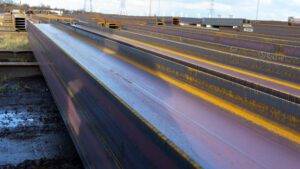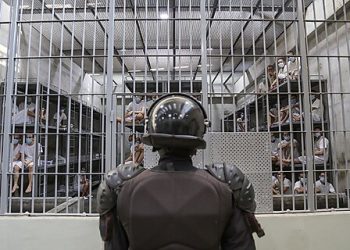Steel has consistently reigned supreme in construction, where durability, strength, and versatility are paramount.
Its ubiquitous presence in building projects, from towering skyscrapers to humble warehouses, speaks volumes about its unmatched qualities and enduring appeal. Additionally, the affordability of steel building kit prices further solidifies its position as the material of choice for developers and builders seeking cost-effective solutions without compromising on quality or longevity.
Unrivalled Strength and Durability
At the core of steel’s supremacy lies its unparalleled strength and durability. Engineered to withstand immense loads and harsh environmental conditions, these structures offer a level of resilience that few other materials can match. Whether facing extreme weather, seismic activity, or the test of time, this metal stands firm, providing reliable support and protection.
Versatility in Design and Construction
One of the most compelling aspects of this metal is its versatility in design and construction. From traditional buildings to cutting-edge architectural marvels, it offers architects and engineers a blank canvas to unleash their creativity. Its inherent strength-to-weight ratio allows for innovative designs, including long spans, open floor plans, and intricate geometries, without sacrificing structural integrity.
Efficiency in Construction
In addition to its structural advantages, steel boasts unparalleled construction efficiency. Precision off-site manufacturing of steel components reduces construction time and minimizes on-site labor requirements. This streamlined process accelerates project timelines and enhances cost-effectiveness, making this metal an attractive option for developers and builders.
Sustainability Benefits
In an era increasingly focused on sustainability, this metal emerges as a frontrunner in eco-friendly construction practices. In contrast to conventional building materials like concrete and wood, steel stands out for its complete recyclability, boasting a high recycling rate that reduces waste and promotes resource conservation. Furthermore, the energy-intensive production processes associated with it have become significantly more efficient, reducing carbon emissions and environmental impact.
Resilience to Fire and Pest Infestation
Beyond its structural prowess, it offers additional fire resistance and pest resilience benefits. Unlike organic materials such as wood, this metal is non-combustible, providing inherent fire protection that enhances building safety and longevity. Moreover, steel is impervious to termites, rot, and other common pests, ensuring its integrity over its lifespan.
Adaptability to Changing Needs
These structures offer inherent advantages in a rapidly evolving world where flexibility and adaptability are paramount. Their modular nature allows for easy expansion, modification, and repurposing to accommodate changing needs and evolving usage requirements. Whether scaling up production facilities or reconfiguring office spaces, these buildings can readily adapt to meet future demands.
Economic Viability and Long-Term Value
While the initial cost of steel construction may sometimes exceed that of alternative materials, its long-term economic viability and value proposition are undeniable. These structures’ durability and low maintenance requirements translate into significant cost savings over their lifespan, outweighing any upfront investment. Moreover, its inherent strength and resilience contribute to higher property values and reduced insurance premiums, enhancing its economic appeal.
In construction, steel reigns supreme, driven by its unrivaled strength. Steel building kit prices offer an attractive proposition, combining affordability with the assurance of quality and longevity. From towering skyscrapers to industrial warehouses, these edifices are timeless symbols of human creativity and engineering prowess. Steel is poised to maintain its supremacy as the construction sector progresses, molding the built landscape for years.
Read more:
The Enduring Dominance of Steel in Construction Projects
















